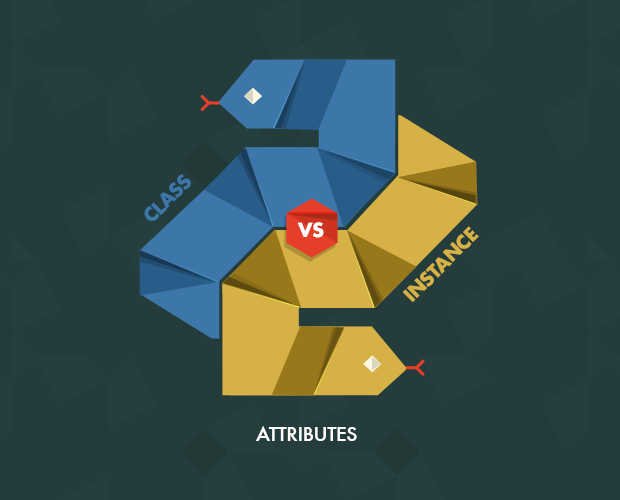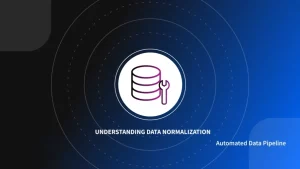Introduction to Python Attributes
In Python, attributes are a fundamental concept that allows objects to store and access data. They provide a way to associate information with objects and define their behavior. Python supports two types of attributes: class attributes and instance attributes. Understanding the distinction between these two types is crucial for effective object-oriented programming. In this article, we will delve into the world of Python attributes, exploring their differences, applications, and usage examples.
Class Attributes
Class attributes are attributes that are shared among all instances of a class. They are defined within the class body but outside any methods or constructors. Class attributes are accessed using the class name or an instance of the class. Here are some key points to understand about class attributes:
Declaration and Access
To declare a class attribute, you simply define a variable within the class scope. Here’s an example:
class Circle:
# Class attribute
pi = 3.14159
To access a class attribute, you can use either the class name or an instance of the class:
# Accessing using the class name
print(Circle.pi) # Output: 3.14159
# Accessing using an instance
c = Circle()
print(c.pi) # Output: 3.14159
Shared Value among Instances
Since class attributes are shared among all instances of a class, modifying the attribute’s value will affect all instances. Consider the following example:
class Circle:
# Class attribute
pi = 3.14159
c1 = Circle()
c2 = Circle()
print(c1.pi) # Output: 3.14159
print(c2.pi) # Output: 3.14159
# Modifying the class attribute
Circle.pi = 3.14
print(c1.pi) # Output: 3.14
print(c2.pi) # Output: 3.14
Usage Examples
Class attributes are commonly used for storing constant values, default configurations, or shared data across instances. For instance, you might use a class attribute to define a constant value like the value of π in a geometry-related class. Here’s an example:
class Circle:
# Class attribute
pi = 3.14159
def __init__(self, radius):
self.radius = radius
def calculate_area(self):
return self.pi * self.radius ** 2
In the above example, the class attribute pi is used in the calculate_area method to compute the area of a circle.
Instance Attributes
Instance attributes are specific to each instance of a class. Unlike class attributes, instance attributes are defined inside the class constructor or within instance methods. Here’s what you need to know about instance attributes:
Declaration and Access
To declare an instance attribute, you assign a value to it within the class constructor or any other instance method. Here’s an example:
class Circle:
def __init__(self, radius):
# Instance attribute
self.radius = radius
To access an instance attribute, you use the dot notation with the instance name:
c = Circle(5)
print(c.radius) # Output: 5
Unique Value per Instance
Instance attributes are unique to each instance, which means that each instance can have different values for its attributes. Consider the following example:
class Circle:
def __init__(self, radius):
# Instance attribute
self.radius = radius
c1 = Circle(5)
c2 = Circle(10)
print(c1.radius) # Output: 5
print(c2.radius) # Output: 10
Usage Examples
Instance attributes are often used to store data that varies from one instance to another. For example, in a class representing a person, you might have instance attributes like name, age, and gender, which will have different values for each person object.
Conclusion
Python attributes are essential elements in object-oriented programming that allow objects to store and access data. Class attributes are shared among all instances of a class and provide a way to define shared values or constants. On the other hand, instance attributes are unique to each instance and allow for storing instance-specific data. Understanding the distinction between these two types of attributes is crucial for creating well-designed and flexible Python programs.

My name is Mark Stein and I am an author of technical articles at EasyTechh. I do the parsing, writing and publishing of articles on various IT topics.








+ There are no comments
Add yours